 NTP, the shell company whose only business is to extract ransom from real businesses does not sit on the $600 they extorted from RIM. They are now suing just about all the smartphone industry: Apple, Google, HTC, Microsoft, LG and Motorola.
NTP, the shell company whose only business is to extract ransom from real businesses does not sit on the $600 they extorted from RIM. They are now suing just about all the smartphone industry: Apple, Google, HTC, Microsoft, LG and Motorola.
Is NTP the new SCO?
Related posts:
- NTP Sues Apple, Google, Microsoft And Others Over Wireless Email Patents
- Google, Apple, Others Sued for Email Patent Infringement
- ??? (On patent issues my two favorite sources are Techdirt and Brad Feld, but they have not chimed in yet…)
(Cross-posted @ CloudAve)

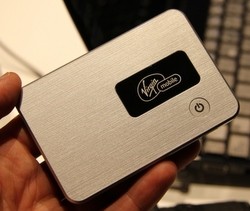 If you’re a frequent traveler, you’re likely better off buying a MiFi or using your late-model cell-phone’s HotSpot capability than paying those outrageous hotel surcharges. If you’re a frequent conference-goer, you’ve already learned they all fail to provide reliable connection(Web 2.0, LeWeb, Gnomedex, Microsoft PDC, Google I/O, just to name a few recent examples), so the only solution is
If you’re a frequent traveler, you’re likely better off buying a MiFi or using your late-model cell-phone’s HotSpot capability than paying those outrageous hotel surcharges. If you’re a frequent conference-goer, you’ve already learned they all fail to provide reliable connection(Web 2.0, LeWeb, Gnomedex, Microsoft PDC, Google I/O, just to name a few recent examples), so the only solution is 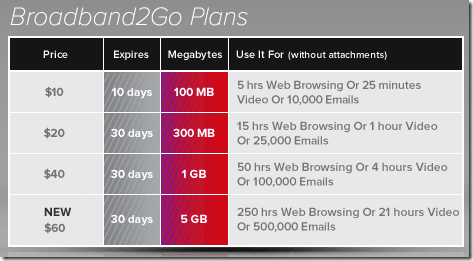
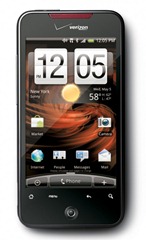
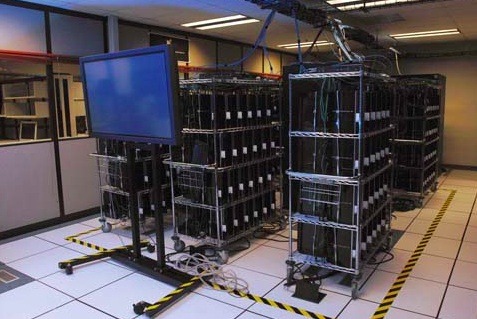

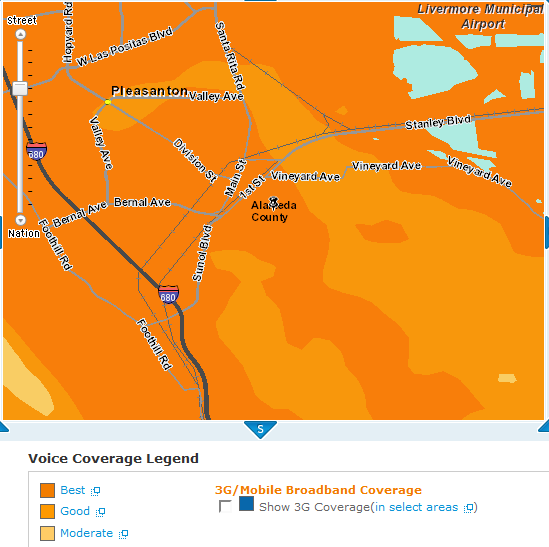

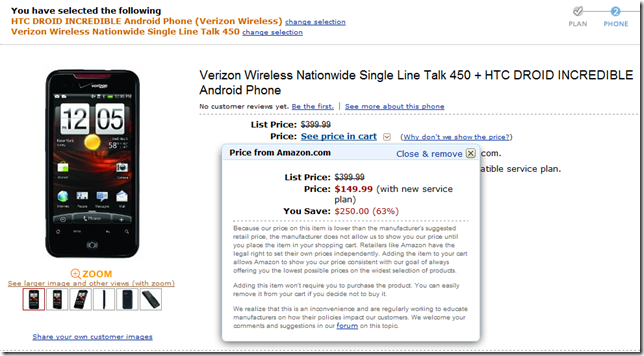




Recent Comments